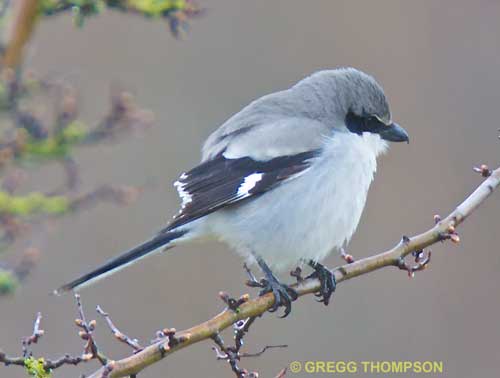When Dennis Paulson, one of the state’s foremost ornithologists, was asked for advice about how to be a better birder, he offered this chestnut: Look at every bird.
His advice is deceptively simple. Of course you’re going to look at every bird, I muttered to myself. Why else are you out here during the coldest, gloomiest spring Seattle has ever known? Why else did you get up before dawn and put on three layers of clothing, leaving your husband sitting beside the heater dressed in his PJs and drinking one steaming cup of coffee after another?
But Dennis knows what he is talking about. So often when we are out in nature, we may be aware of what is all around us, but we don’t stop and look. Thus, we don’t really see. This is as oddly true of birders as it is for the joggers, dog-walkers, and baby-strollers who march through the Fill rarely stopping to look at anything. Sure, we’re there to look at birds, but birders tend to see birds as shapes, colors, patterns of movement. If we see a flock of 200 Violet-green Swallows swirling over a field, as I have been seeing at the Fill lately, we aren’t going to look at every single individual in the flock. We may stare at the flock for a while, trying to pick out a bird that flies differently or has a different shape or color, but if all the birds look about the same, we pass them by. The same is true if a lot of robins seem to be around. We’ll look at the first couple, maybe, but after that we just say, “Oh, there’s another robin.” And we pass on.
That’s what I almost did yesterday, when what I thought was the bazillionth robin of the day flew out of the scrub around Main Pond and landed in a tree in Boy Scout Pond. I was supremely uninterested. For one thing, I was freezing, and the wind was howling, scaring up innumerable whitecaps on the lake. Not another soul was in sight — everyone’s probably all sitting in front of their heaters drinking coffee, I grumbled. When the robin landed, I gave it a glance and kept walking. But then Dennis’s voice rang in my mind: Look at every bird. Sighing elaborately, I hoisted my binoculars up, and lo and behold, there was a Loggerhead Shrike, its gorgeous gray and white feathers ruffled by the wind, its black mask standing out boldly, even in the dim light.
Loggerhead Shrikes are summer birds of eastern Washington. They fly up from the arid lands of Mexico and California to nest in the sagebrush of our deserts. They are songbirds, but also birds of prey, catching grasshoppers and other small animals with their hooked beaks. They are extremely rare at the Fill: only five have been seen here in the past 115 years. This one was preening unconcernedly in the cottonwood tree, but when it saw me looking, it flew away. I scurried after it, hoping to get another look.
The biting wind hit me with full force when I reached Hunn Meadow West, but I no longer cared, for on top of the little fruit tree in the field was the shrike, perched in full view. I stared, drinking in the beauty of this wild creature, who came with the storm and will not stay. It returned my stare for a moment, lifted its wings, and flitted north, gone as surely as the gray mist blown away by the wind. Only memory remained.

